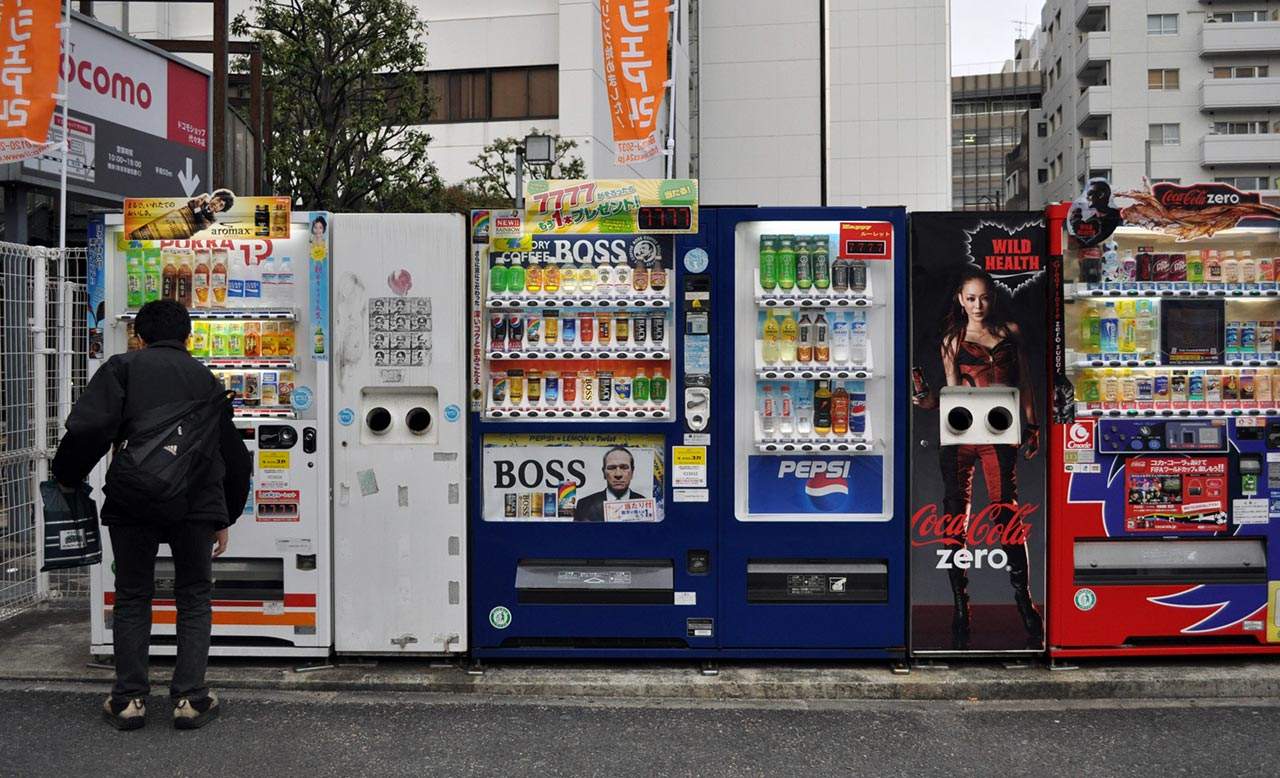What Can't We Vend?
Japan's sundry vending machines are famous. Here are their highs and lows.
In partnership with
This article is part of our series on the 17 most unique things to have come out of Japan. Check out the other 16.
Put all of Japan’s vending machines together and you’d pretty much have a department store. They’ve become so widespread for so many products that it’s more a matter of what can’t you get than what you can. Fresh eggs? Check. Toasted sandwiches? Check. Neckties? Check. Buddhist charms? Check. Umbrellas? Check.
Vending machines first hit Japan in the 1950s, with run-of-the-mill drink machines. But rather than sticking with conventional products, they became the 24-hour go-to for all manner of retail. These days, you’ll find more vending machines per capita in Japan than in any other nation in the world. There are 5.52 million of them altogether.
And they’re not only in cities. In fact, in rural areas, where retail opening hours are still sane, vending machines are seriously handy. Who doesn’t get a craving for a fresh egg at 3am every now and again? Plus, to supplement packaged items, there are stacks of unattended stands selling fresh fruit and vegetables through an honesty system.
According to Japan expert Brian Ashcraft, one of the reasons for the proliferation of vending machines is the country’s incredibly low crime rate. “The Japan National Tourism Organisation says that the country's low crime rate is why there are so many vending machines in Japan — because the machines can be left outside and are rarely vandalised,” he writes.






